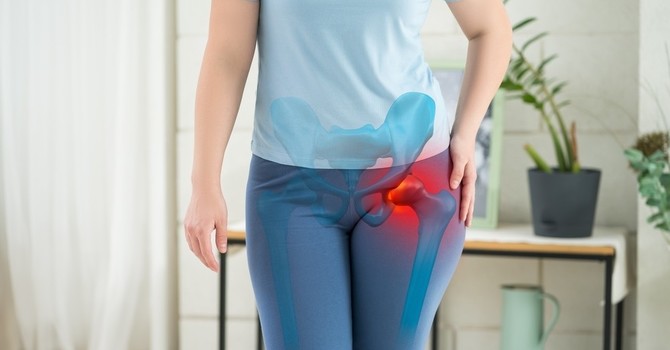
I recently completed training to become a Bone Fit Osteoporosis Practitioner. The training specifically focuses on best practices in the management of osteoporosis. Bone Fit is a comprehensive and practical program covering safe exercise prescription and adaptation, fracture risk assessment; safe adaptation of daily activities, gym exercises, yoga and pilates. All the material is rooted in anatomical principles and up-to-date evidence-based research.
What is Osteoporosis?
It is a disease characterized by decreased bone mass and a subsequent increased risk of fracture. Osteoporotic fractures are a serious health concern. Often people needlessly fracture each year because their osteoporosis goes undiagnosed and untreated, and as a result, appropriate care is not received. It is often called “the silent thief” because bone loss can occur steadily over many years.
How does one know if they have Osteoporosis?
One of the key tests is a Bone Mineral Density test which can indicate whether you are considered to have a low bone density and are identified as having osteopenia (a pre-cursor to it) or osteoporosis. You should talk to your doctor and have this test done if you are 65 years or older. Or, if you are between 50 – 64, or under 50, you should have the BMD test done if you have a variety of risk factors, or specific diseases and conditions which I can talk to you about more specifically. Once we know your BMD, you can use the CAROC and FRAX assessment calculators to determine your osteoporosis standing.
Fracture Assessment
An osteoporotic fracture is known as a fragility fracture and is the most significant clinical consequence of osteoporosis. Therefore, preventing a fracture, or the second fracture is of paramount importance. If osteoporosis is first diagnosed at the time a fracture occurs, it is already fairly advanced. Women and men over 65 should be assessed, or anyone over 50 who has experienced a fragility fracture. There are a variety of assessment procedures and exams that can occur: such as looking at past history, gait and balance, measuring height, rib to pelvis and occiput to wall distance.
Physical Activity and Exercise Key to reduction and treatment of Osteoporosis
Our bones need to be stimulated by physical activity to form new bones and remodel the bone to be stronger. It is necessary to be active in a variety of ways in order to load these bones and maintain their structural competence and strength. There are 4 types of exercise and activity integral to the management of osteoporosis: Strength, Posture and core activity, Balance, and Weight-bearing.
What does assessment look like?
There are a variety of tests that we can go through regarding each aspect of your health in terms of Posture, Balance, Physical Performance, Strength, Flexibility and Cardiovascular assessments.
What are the therapeutic goals for Osteoporosis Treatment?
The main goal is to prevent fractures via:
· Fall prevention - mobility, dynamic balance, muscle strength, postural alignment;
· Safe movement- spine protective posture alignment and body mechanics, muscular endurance in spinal extensors, and stretching muscles that restrict mobility and prevent further bone loss.
TOO FIT TO FRACTURE OSTEOPOROSIS EXERCISE ACTION PLAN
The key elements to maintain and building bone mass are following this plan below. If you book a session with me, we can go over the details of more specific exercises to do in each area. We will need to adapt according to whether you have had any fractures and where those fractures have occurred. The most common fracture areas are hip, spine, wrist, ribs and upper arm. Remember to pace yourself if you begin to follow these guidelines. One phrase that's mentioned in the training is, “Any is Good!” (as long as it's done safely.)
1. Strength Training - 2/days week
2. Balance Training - Daily for 15 to 20 minutes
3. Aerobic Exercise - 5 days per week, 30 minutes per day
4. Spine Sparing - during daily activities
5. Back Extensor Training - Daily for 5 to 10 minutes.
I really enjoyed taking this training. It was helpful on many levels - in determining what plan I can help my clients with, and also for my own self-care journey since I fractured my wrist almost 2 years ago. I found out then that I have osteopenia so have been doing what I can to help increase my bone density and get information that is key to a successful health plan. If you are doing yoga or pilates in your exercise routine, I can review with you which exercises you can modify if you have osteoporosis.
If you have any questions, book a Bone Fit session with me and we can go over your health plan together. BOOK YOUR ASSESSMENT HERE





